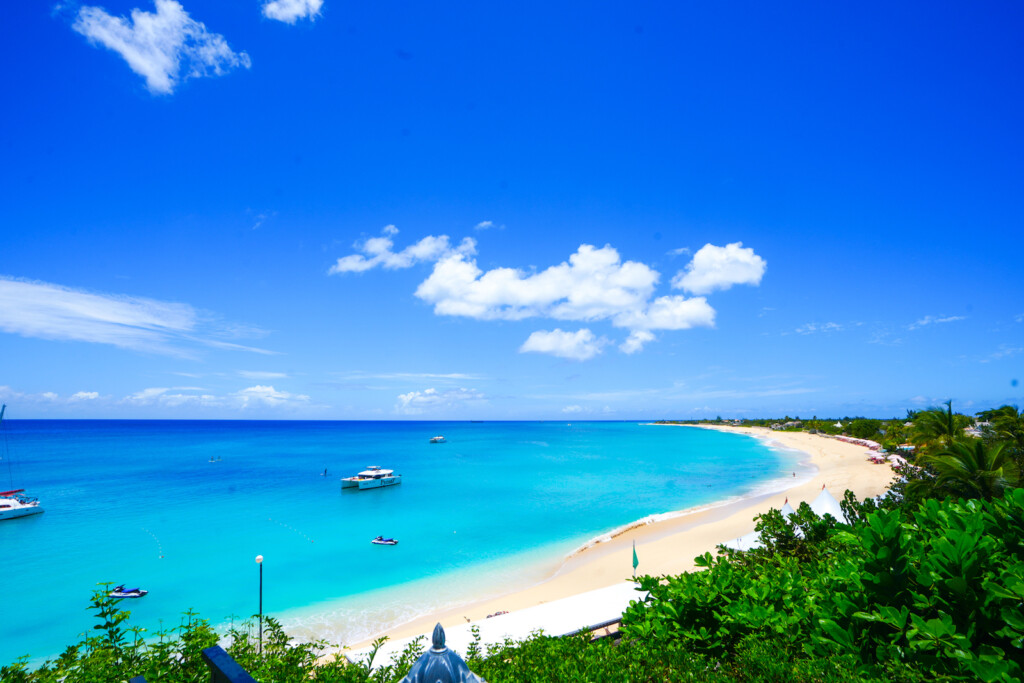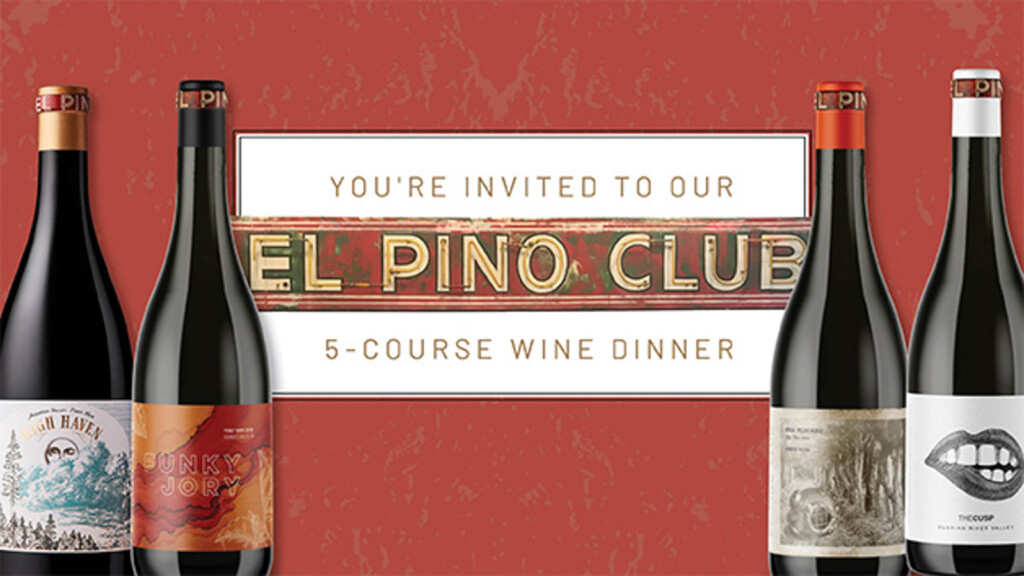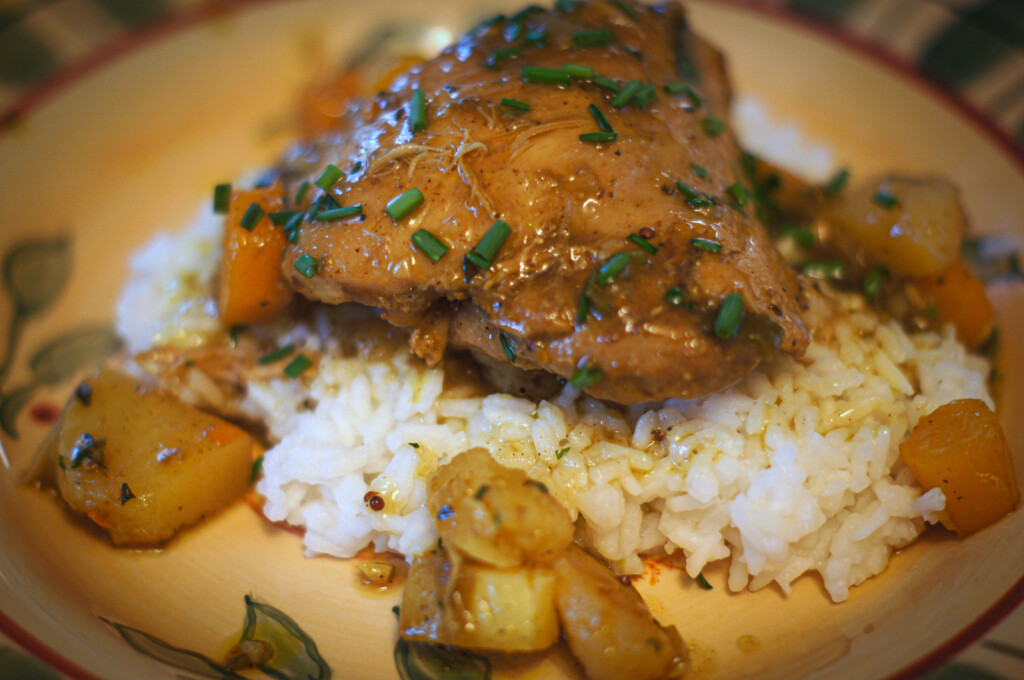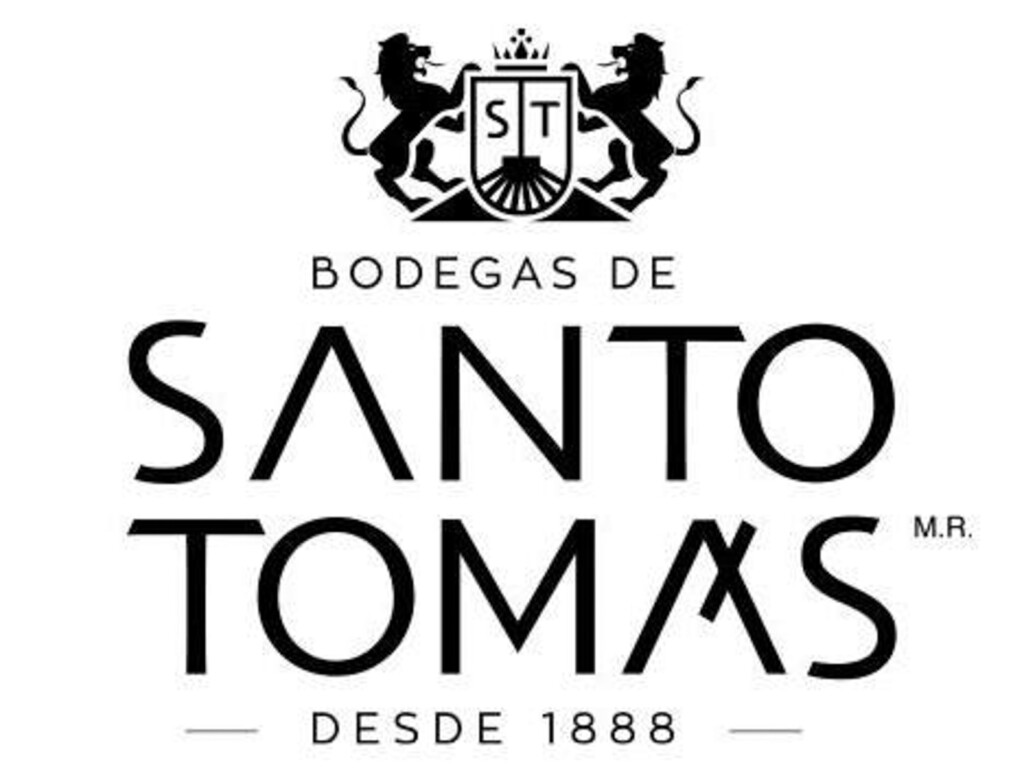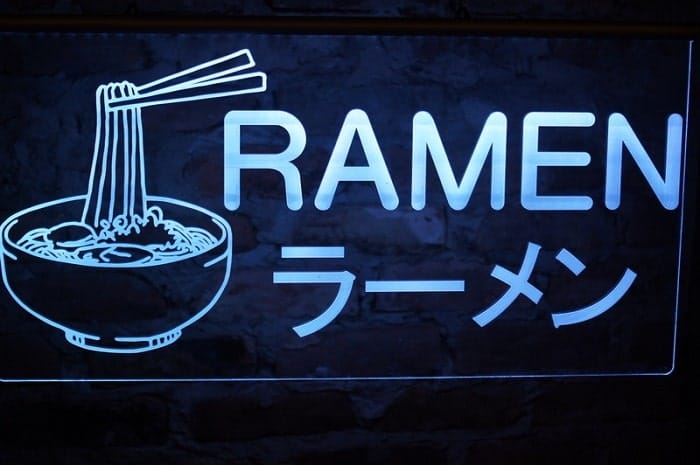
Ramen in Salt Lake City has never been more popular. It is trendy, it is delicious; and now there are two more options for Salt Lake City ramen lovers.
The Ramen Report—2 Tasty Additions to the Salt Lake City Downtown Ramen Scene
When ramen shops starting popping up on every other corner in places like New York City and Los Angeles a decade or so ago, I knew that the ramen food trend would eventually makes its way into the Beehive State. And it has, however slowly.
Tosh’s Ramen and Tonkatsu Ramen Bar paved the way first, followed by Yoko Ramen, Jinya Ramen Bar, and the all too short-lived lunchtime ramen experiment at Johnny Kwon’s Naked Fish.
And although it’s not a ramen bar per se, I have to give a shout out to one of the best ramens around: the big steaming bowls of ramen at Kobe Sushi.
Now ramen lovers have not one but two relatively new downtown ramen resources, and they’re so close to each other that if you strung a package of ramen noodles end-to-end, you’d probably reach from one to the other.
Ramen930
Ramen 930 is located on 1300 South near Spitz, across the street from Padelli’s.
The atmosphere here is bold and bright, with a vibrant orange, yellow, and black primary color scheme. It’s largely young clientele enjoying the not-so-subtle music that permeates the restaurant and doesn’t seem to mind the lack of table service.
This is a situation where customers walk up to a cashier to place their order, are given a number, and meals are delivered to their table by a young server. There is no alcohol served here; none of the employees even look old enough to drink.

Apparently, ramen is a bit of a hard sell here—maybe understandably so.
If four people go out to dinner at most ramen bars, they’d better all want ramen because there just aren’t many other menu options. My wife, for example, tends not to love ramen-based eateries because she’s gluten-free and most ramen isn’t.
More than just ramen in SLC
Anyway, the owners of Ramen930 did a smart thing, which was to add rice and noodle bowls from Cup Bop to their menu, thereby providing hungry customers with eating options that extend beyond merely ramen.
The experiment seems to be working; whenever I’ve visited Ramen930 I’ve noticed that most dining parties have ordered a mix of ramen and Cup Bop items.
In that sense, Ramen930 is really two restaurants in one.
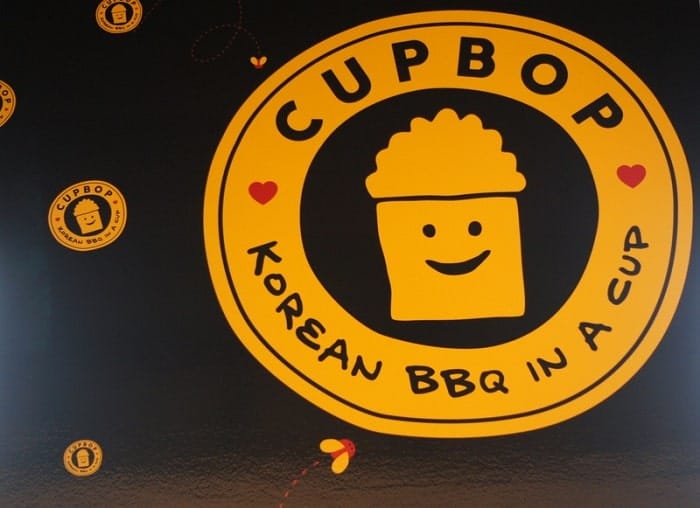
So, how is the ramen?
Pretty good. Not great.
On my first visit to Ramen930, I was surprised that although there were only a handful of customers—the kitchen certainly wasn’t overstressed—my ramen was lukewarm, not piping hot. I was told that the ramen broth—made from pork bones—is cooked for some 20 hours.
That may be true, but it didn’t taste as rich to me as ramen I’ve had at Tosh’s and Jinya.
I ordered traditional tonkotsu ramen ($10.45), which is a hearty bowl of slightly creamy pork broth and chicken paste with large, tender slices of roast pork, crunchy bean sprouts, julienned scallions, half a hard-cooked egg, and kikurage (jelly ear mushroom).
The ramen noodles were a tad on the thin side and slightly overcooked. But all-in-all, it was an acceptable version of tonkatsu.
Other ramen options at Ramen930 include curry, niku (a pork broth ramen with spicy sauce), black garlic pork, miso, veggie, shoyu, and a brothless ramen called maje.
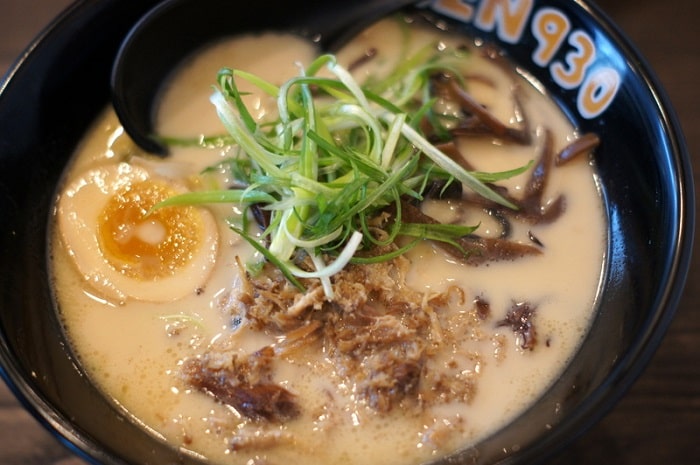
Sides
The restaurant also offers a handful of side dishes/starters such as edamame, seaweed salad, Japanese-style fries, minced and deep-fried octopus called takoyaki, chicken karaage, and gyoza ($4.95). The latter was a six-piece order that, surprisingly, was deep-fried and crunchy, as opposed to more traditional preparations of steaming or sautéing.
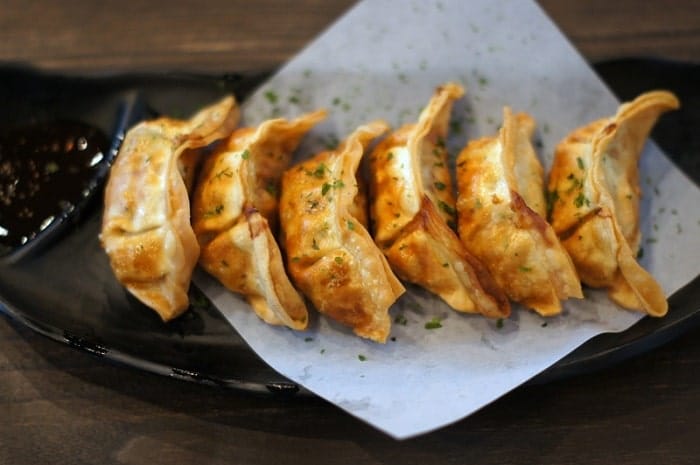
Ramen Bar in downtown Salt Lake City
Just around the corner from Ramen930, on Main Street, in the space that for decades was home to Shogun Japanese Restaurant and more recently SoCo, is Ramen Bar.
The decor and ambiance at Ramen Bar could not be more different that Ramen930—it’s night and day, almost literally.
Whereas Ramen930 is very well lit, Ramen Bar is dark and has the feel more of a cocktail lounge than a restaurant. Wine, beer, sake, and cocktails are served here, and so a few tables closest to the bar (within 10 feet) are reserved for customers 21 or older. Youngsters can sit at tables closer to the front door and window, or out on the sidewalk patio.
The restaurant is tiny compared to Ramen930. But it’s sure nice to be able to order a bottle of say, Pacific Rim Riesling to enjoy with your ramen, as we did.
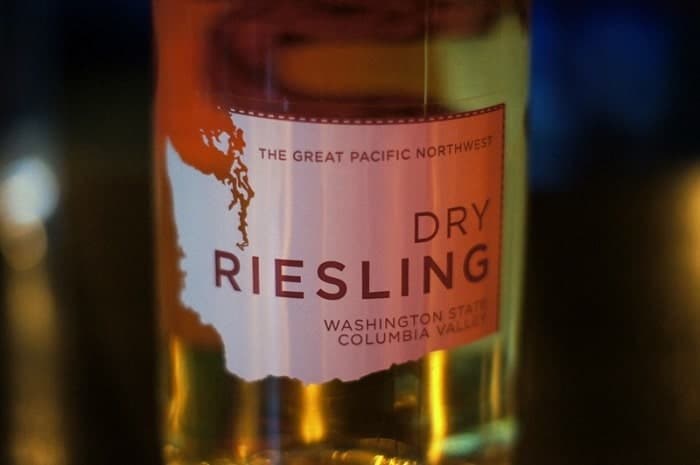
Ramen Bar owner Sergei Oveson has put all his eggs in one basket, so to speak. With a fairly limited menu, you are pretty much out of luck if you didn’t come for ramen. While there’s a small izakaya menu and desserts offered, ramen is really the big draw here. And that’s justified because it’s very good.
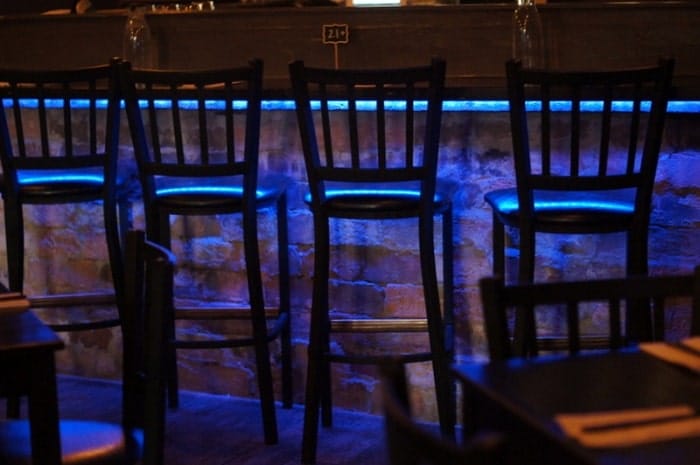
Tonkotsu ramen
I always judge ramen restaurants based, first and foremost, on their ability to produce traditional tonkotsu ramen. Ramen Bar does a very good job of this. The broth here is said to be cooked for 36 hours, and it tastes like it.
The pork broth is rich and creamy, brimming with ramen noodles that were just slightly al dente—very nice. The noodles come from a company in California and are of very good quality in taste and texture.
The pork ramen ($10) is a bowl of pork bone broth with ramen noodles, roasted pork belly (a big chunk of “end” piece in mine), half a hard-cooked egg, scallions, a square of roasted seaweed and, unexpectedly, corn. (I don’t ever recall getting corn in ramen before.)
By comparison, I found this ramen to be superior to its around-the-corner neighbor.
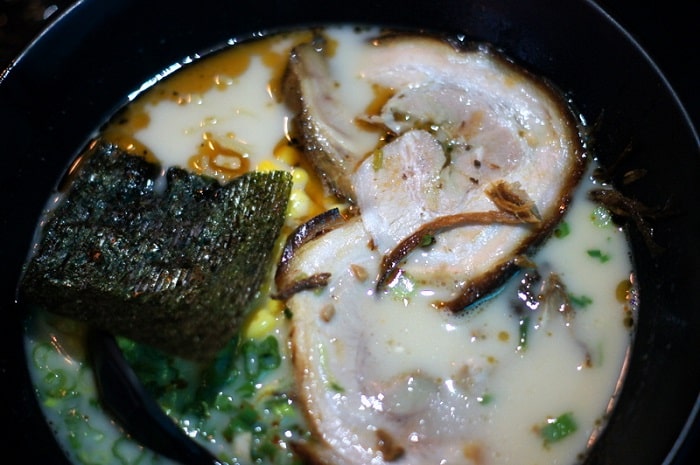
The menu
The Ramen Bar offers additional ramen types—shoyu, curry, shio (made with chicken broth), spicy pork, and a gluten-free ramen that my wife really enjoyed: the veggie ramen ($10).
Veggie ramen
It begins with a very tasty miso broth topped with corn, scallions, fresh spinach, roasted seaweed, and tofu. The noodles are gluten-free purple yam noodles that taste great. But be sure to ask for a fork if you order the veggie ramen because the yam noodles are thin, slippery devils that are hugely challenging to eat with chopsticks.
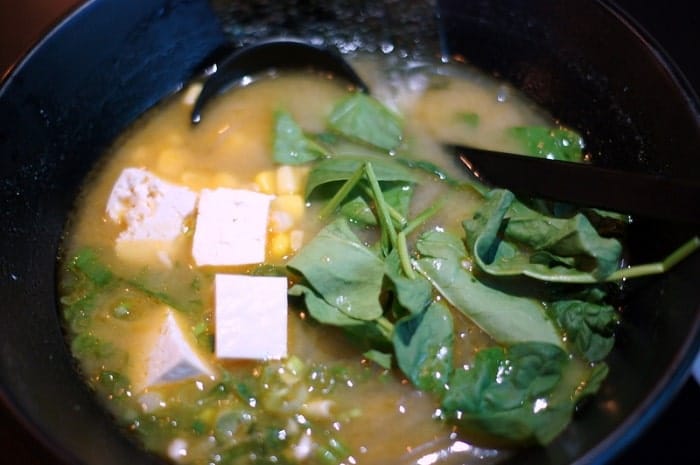
From the izakaya menu, we ordered shrimp and scallion skewers (2 pieces/$5) and a skewer of tofu and scallion (2 pieces/$2). Other skewers include pork belly, corn on the cob, and bacon-wrapped asparagus. For side dishes, there’s rice, kimchi, Japanese pickles, and plum-cucumber salad.
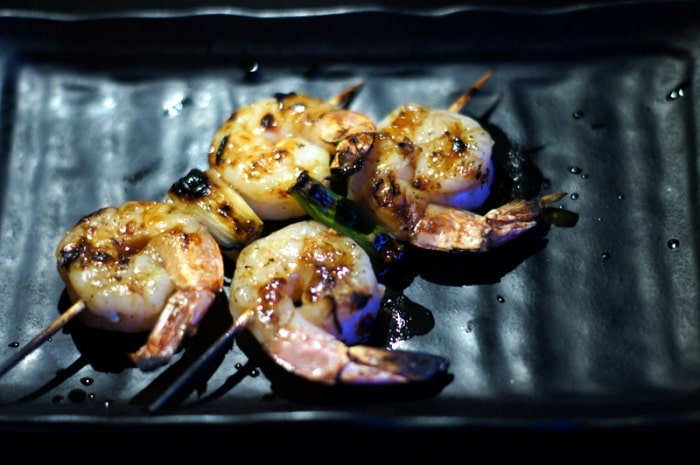
We enjoyed our izakaya skewers, although the shrimp skewers—cooked perfectly—seem a tad overpriced at $5 for four pieces of smallish shrimp and minuscule bits of scallion. Both the tofu skewers and shrimp skewers came with a spicy dipping sauce alongside.
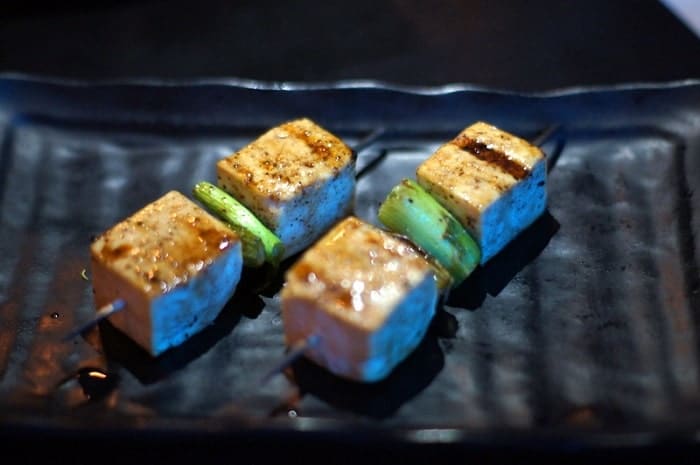
As far as I’m concerned, there is no way to rock too much ramen. The more Salt Lake City ramen joints, the better.
So if you love ramen like I do, I recommend trying out both Ramen930 and Ramen Bar. Because you can just never have enough ramen.
Culinary quote of the week:
When I was a kid, I couldn’t see life outside ramen noodles and Kool-Aid. — Jason Reynolds
FOR RESTAURANT REVIEWS GO HERE
THIS CONTENT IS FROM UTAH BITES NEWSLETTER.
GET OUR WEEKLY RESTAURANT REVIEWS, TED’S FAVORITE RECIPE AND DRINK OF THE WEEK DIRECTLY TO YOUR INBOX. TO SIGN UP FOR FREE GO HERE.
 Originally trained as an anthropologist, Ted Scheffler is a seasoned food, wine & travel writer based in Utah. He loves cooking, skiing, and spends an inordinate amount of time tending to his ever-growing herd of guitars and amplifiers.
Originally trained as an anthropologist, Ted Scheffler is a seasoned food, wine & travel writer based in Utah. He loves cooking, skiing, and spends an inordinate amount of time tending to his ever-growing herd of guitars and amplifiers.
SUPPORT OUR SPONSORS: click on their logos to visit their website
[envira-gallery id=”30879″]


